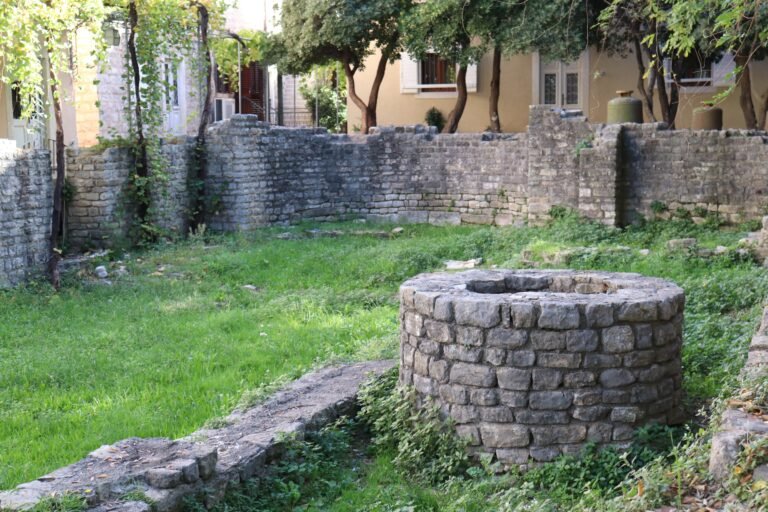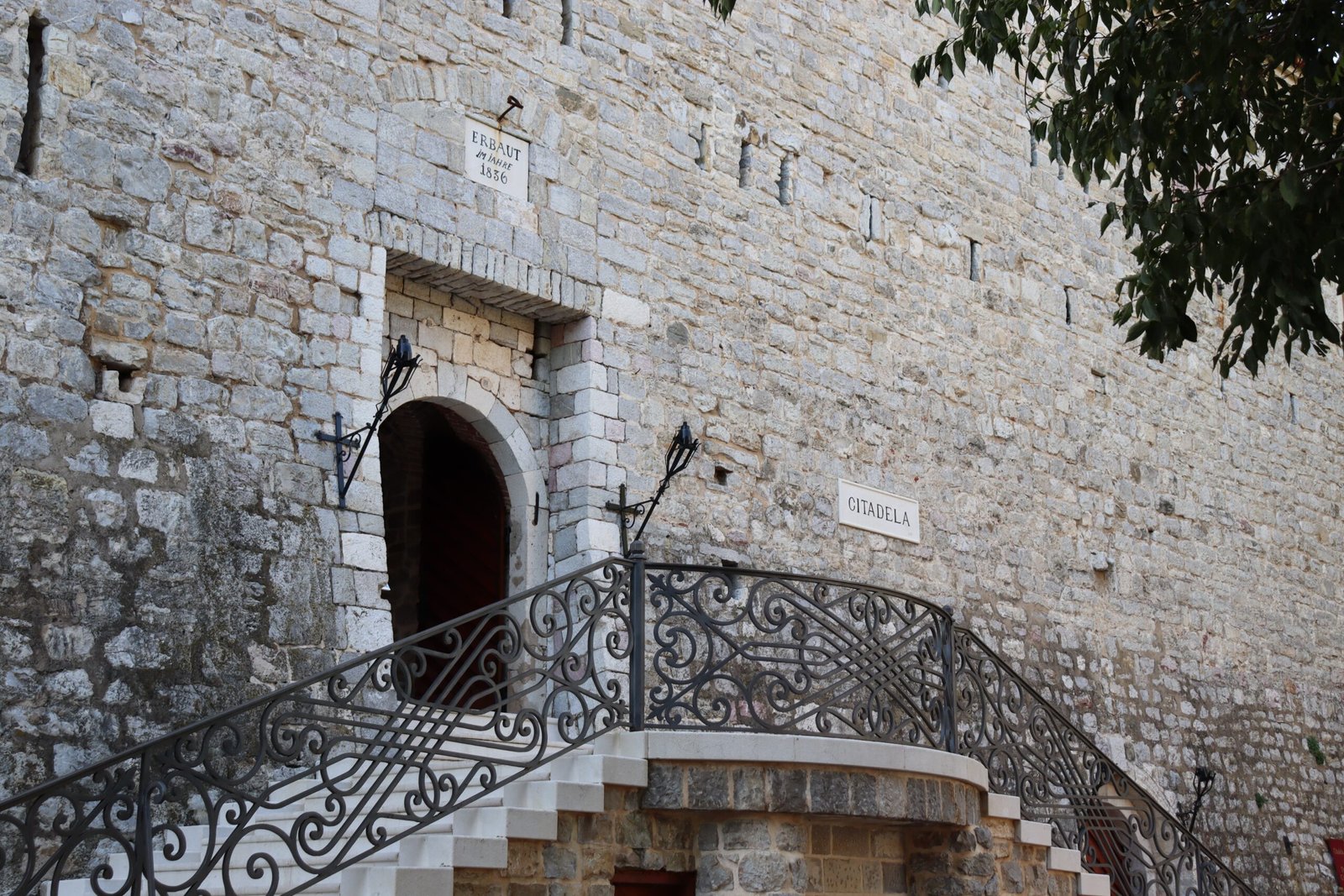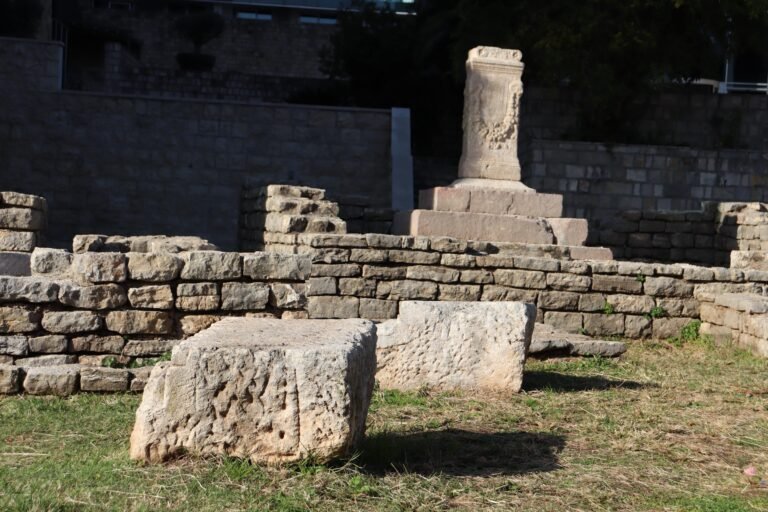A certain form of town used to exist in the area of the current Citadel. With the arrival of the Greeks in the Hellenistic era, the elevated position of the castle was used to transform the location into an ancient acropolis. The present-day appearance of the Citadel is the product of medieval architectural practices, the Venetian system of building on two bastions and alterations from the Austro-Hungarian period as well as reconstruction from recent times. The Citadel inherits the memory of the various periods of Budva, which go back to the distant past and legends about the arrival of Cadmus. The Acropolis of Budva preserves the remains of important construction phases (from the Middle Ages, through the Venetian period and finally with the Austrian period), and here you can see the remains of the medieval church of Santa Maria in Castio, the keep, the town defence architecture of the town walls and the military barracks. The cultural policy of Yugoslavia after the 1979 earthquake enabled better integration of this locality with various cultural and artistic events. Numerous events and manifestations were held in this space until its privatization when cultural life at this location died down.

5. Early Christian Basilica, 5th-6th century
During the 1987 research, in the oldest part of the Old Town of Budva, the walls of a three-nave early Christian basilica with




